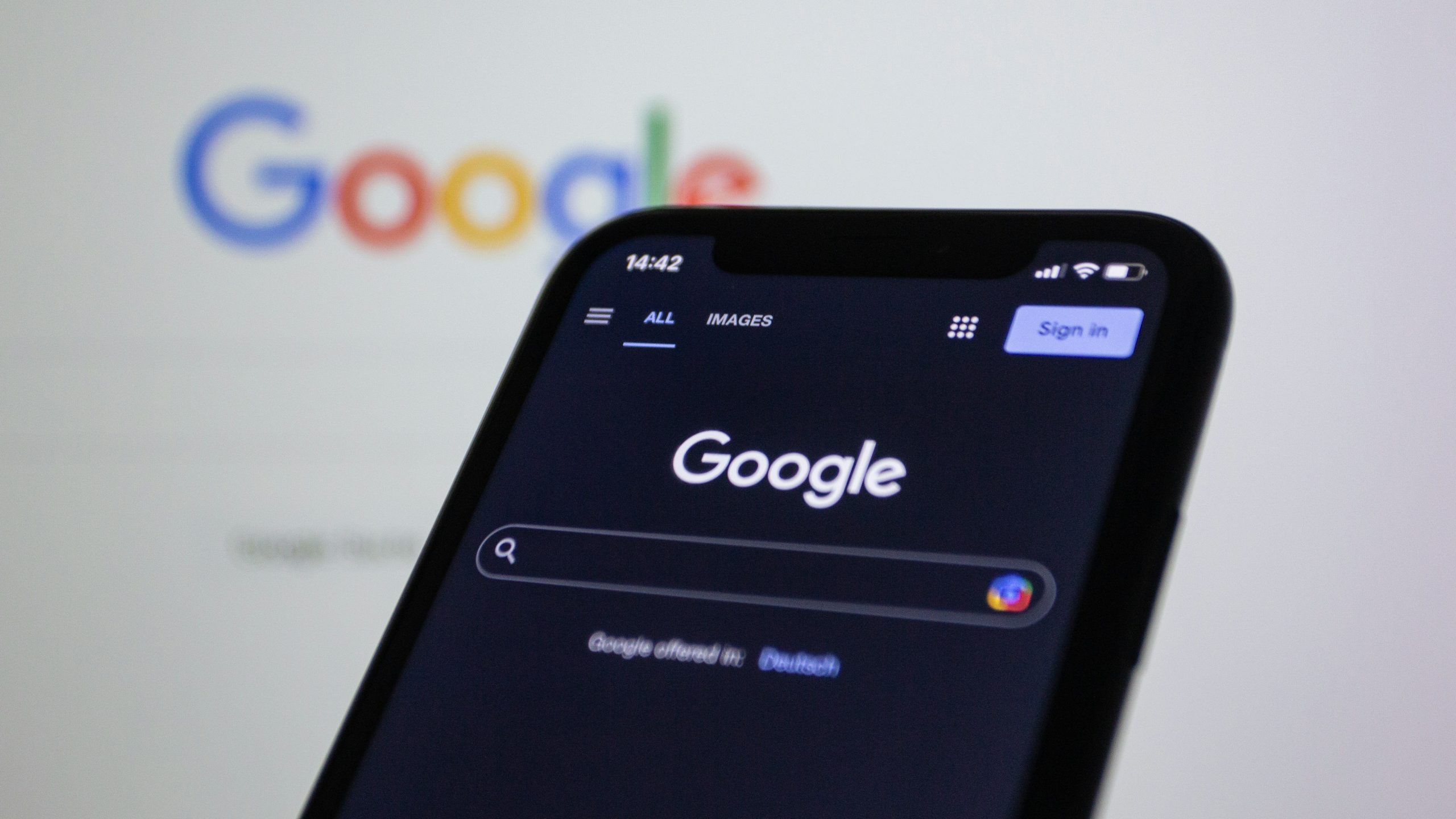In the last few weeks we’ve sounded the alarm on Google search’s plans to go fully “AI-first” and shared advice in the Chronicle of Philanthropy about how nonprofits can deal with the massive shift toward AI-powered search.
But there’s been a key piece missing: we haven’t been able to definitively tell clients whether their own plummeting search traffic is part of a widespread trend, and if so, whether it’s because of fewer searches or because AI overviews are getting in the way.
Turns out the answer is yes on both fronts. Searches were way up, but traffic was way down. And when we looked at website donations the picture got even more interesting.
Here’s what we did, what we found, and what you can do about it.
First, we collected a year of data from 17 organizations. From September 2024 – February 2025, on average, these groups saw double-digit growth in organic search traffic. Suddenly in March, when Google rolled out its AI overviews widely, organic search traffic tanked.

Each month since AI overviews took center stage saw a decline in organic search traffic from the previous year. In August, nonprofits in our sample reported a 13% year-over-year drop in visitors from organic search.
Was it because fewer people were searching for these groups? Nope. Based on Google Trends data, actual searches for these same groups’ brand names rose by almost 19% on average in this post-AI-overview period (March – August 2025 compared to March – August 2024).
More people were searching — they just weren’t landing on-site. In other words: they likely got their question answered on the search engine results page, and never needed to visit an organization’s website.
When we looked at web giving (excluding donations tracked to other channels like ads/email/SMS/recurring gifts), which is generally largely driven by organic search, we saw something even more curious: during this same period, these 17 groups saw the number of donations rise ever so slightly, by about 3%.
TL;DR
… searches went up!
… but traffic went down (WAY down)
… and yet giving was slightly up 😵💫
What’s going on here? Why wouldn’t the massive drop in traffic have led to a similarly massive drop in donations?
Maybe a relatively strong fundraising environment is masking the negative impact of the seismic change in search. Overall, these same organizations’ overall digital fundraising was up by more than 3% across all online channels this year, so the fundraising environment appears to be better this year for a lot of groups.
It also could be the case that AI overviews aren’t disrupting the donation process for the kinds of searches that lead to gifts — yet. Organic search donors tend to be highly motivated. They’re proactively looking for you or your issue and going past ads and search overviews to get to your site! And they may still be finding their way to the organizations they want to support.
But the drop in traffic is still a huge concern — not just for what it might mean for the future of direct giving. Rather than learning about you from your carefully crafted website content, an increasingly large chunk of your potential supporters are likely encountering your brand through AI summaries — and not going to your website at all.
What to do about all of this
What’s clear is that we’re witnessing a “great divergence” between interest and traffic: even as more people ask Google and AI tools about your organization and issues, fewer of them are landing on your site, traditionally the place where you’ve turned curiosity into action.
Answer Engine Optimization (AEO), growing out of Search Engine Optimization (SEO), is about making sure your organization shows up, gets cited, and earns trust in AI-driven responses.
Here are a few key things to keep in mind as you adapt your website and content strategy to the new world of AI-driven search:
- Your website is now for both humans and robots: In addition to directly seeing your website and campaigns, your audience will learn about you through AI engines excerpting your content and displaying it on search pages (or in responses from LLMs like ChatGPT). Look at your website content — if a Google overview or AI search result plucked out a single sentence in isolation, would it make sense? Do you have structure like tables of contents, FAQs and key summaries, and content like original research to show the robots your organization is the authority on your issue and your website is where they should pull from?
- Right now, AI overviews are likely your first impression: Pay attention to what comes up in AI overviews (there are tools that can report on this for you, or you can do it yourself by asking basic questions about your org in an LLM), and monitor what pages and content get cited in important prompts. That annual report from a few years back, buried deep on a website sub-page? The “Ways to Give” page that you haven’t touched in years? AI overviews might be excerpting or linking to those right now, and broadcasting them to everyone who searches for your organization. Make sure that those older pages are telling the story you want to tell today!
- If your traffic is dropping, you’re not the only one! Most organizations are seeing less organic traffic as more queries are answered through zero-click searches. It’s more important than ever to make the most of that traffic. Now is the time to give your Homepage, Ways to Give, and About pages a fresh look, and ask — does this inspire someone who already knows the basics about my organization to engage more deeply?
The shift to AI search is a real threat, but it’s also an opportunity to rethink how your web content (especially donation-related content) is seen by both humans and AI. Have any questions or want to share what you’re seeing happen for your organization in the age of the AI overview? Shoot us an email at aeo@mrss.com — we’d love to talk more!





